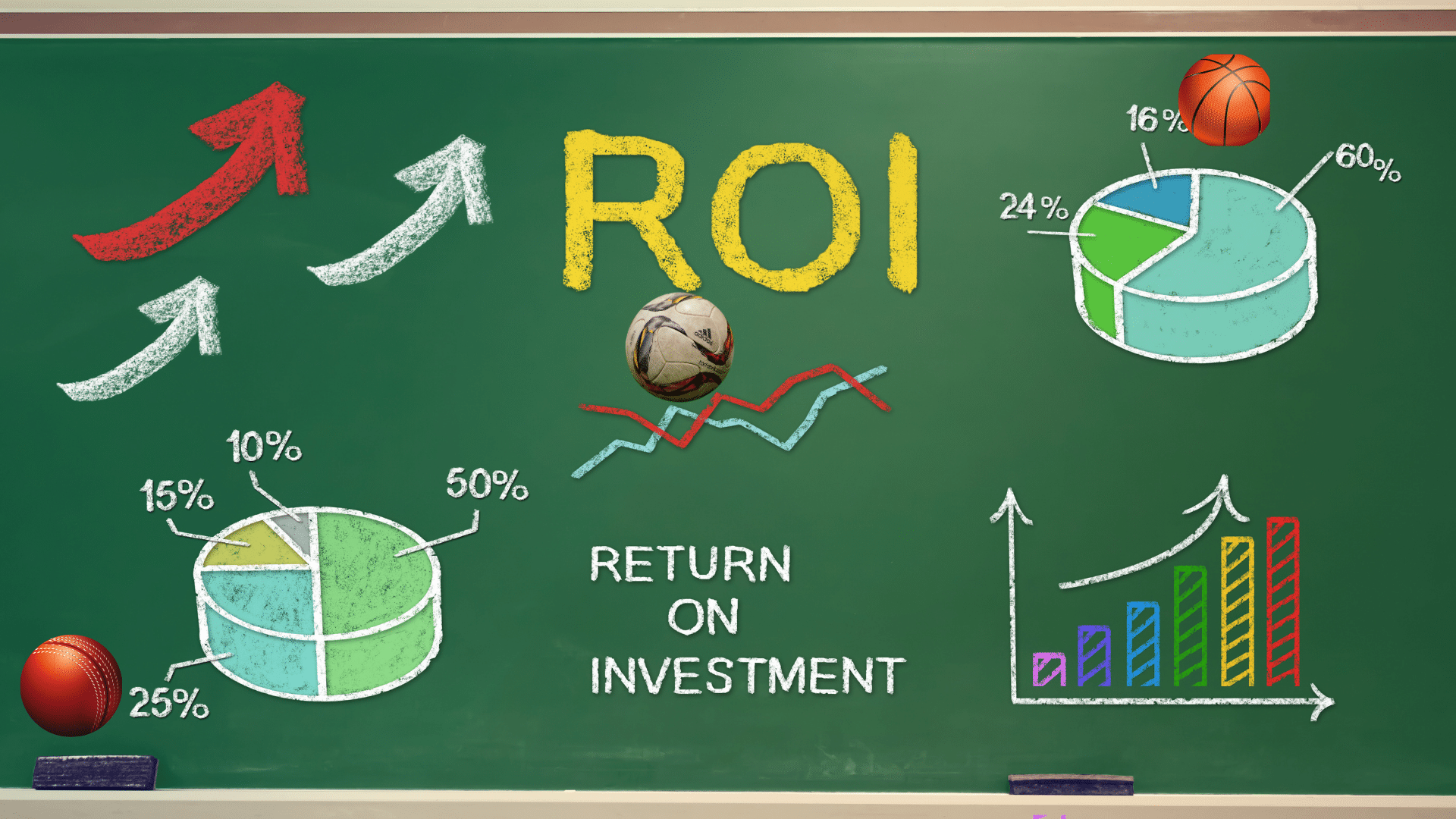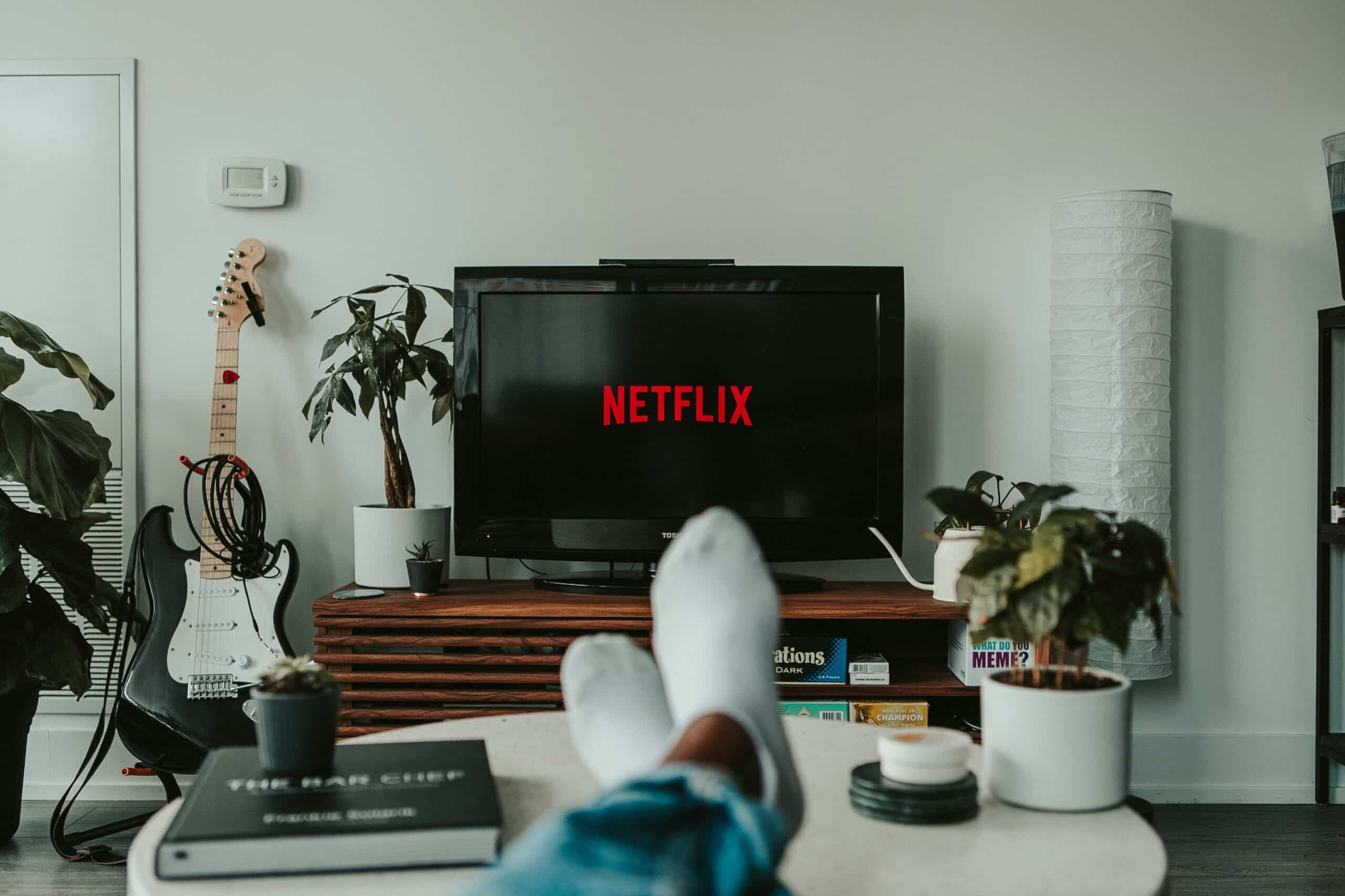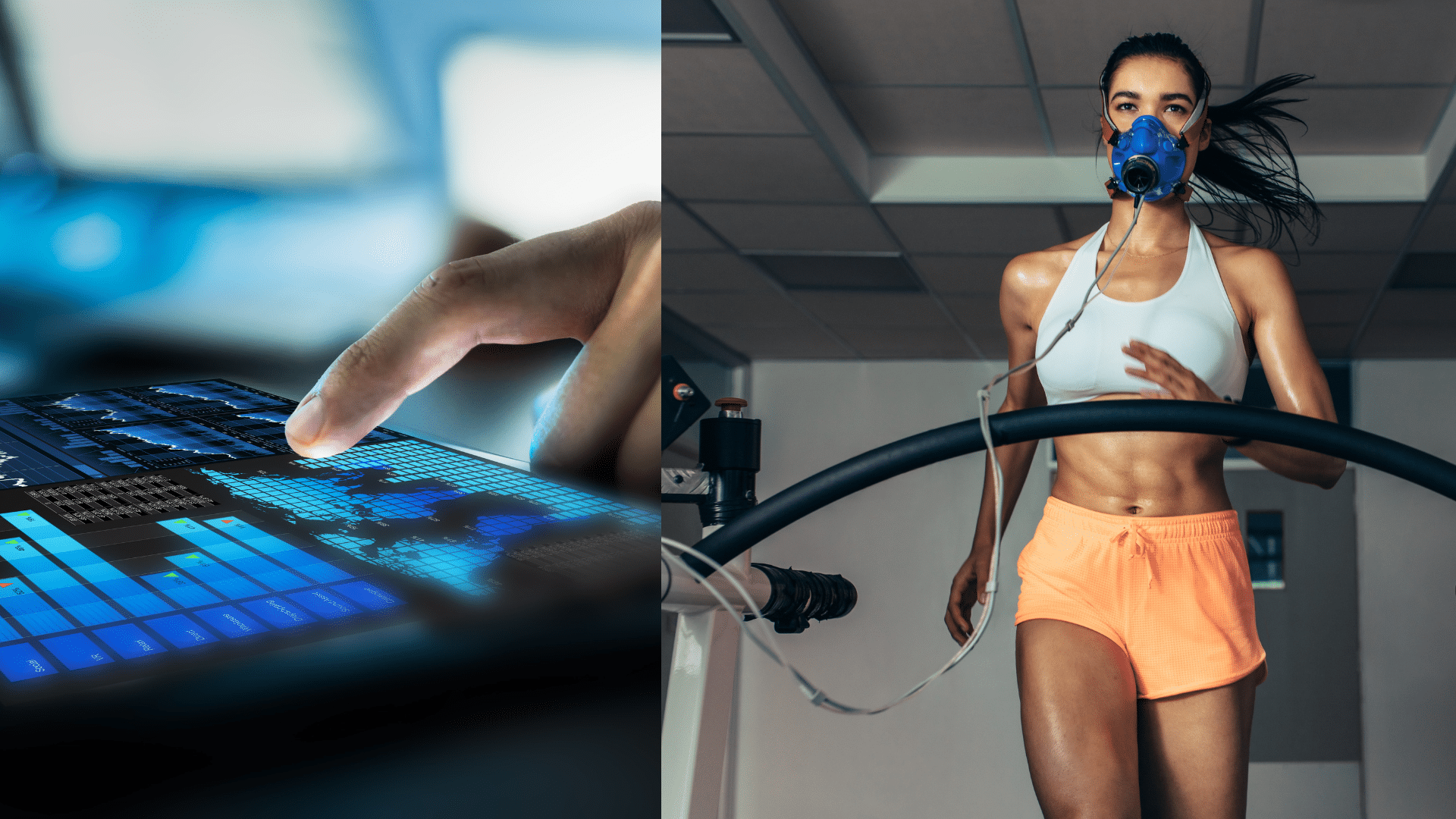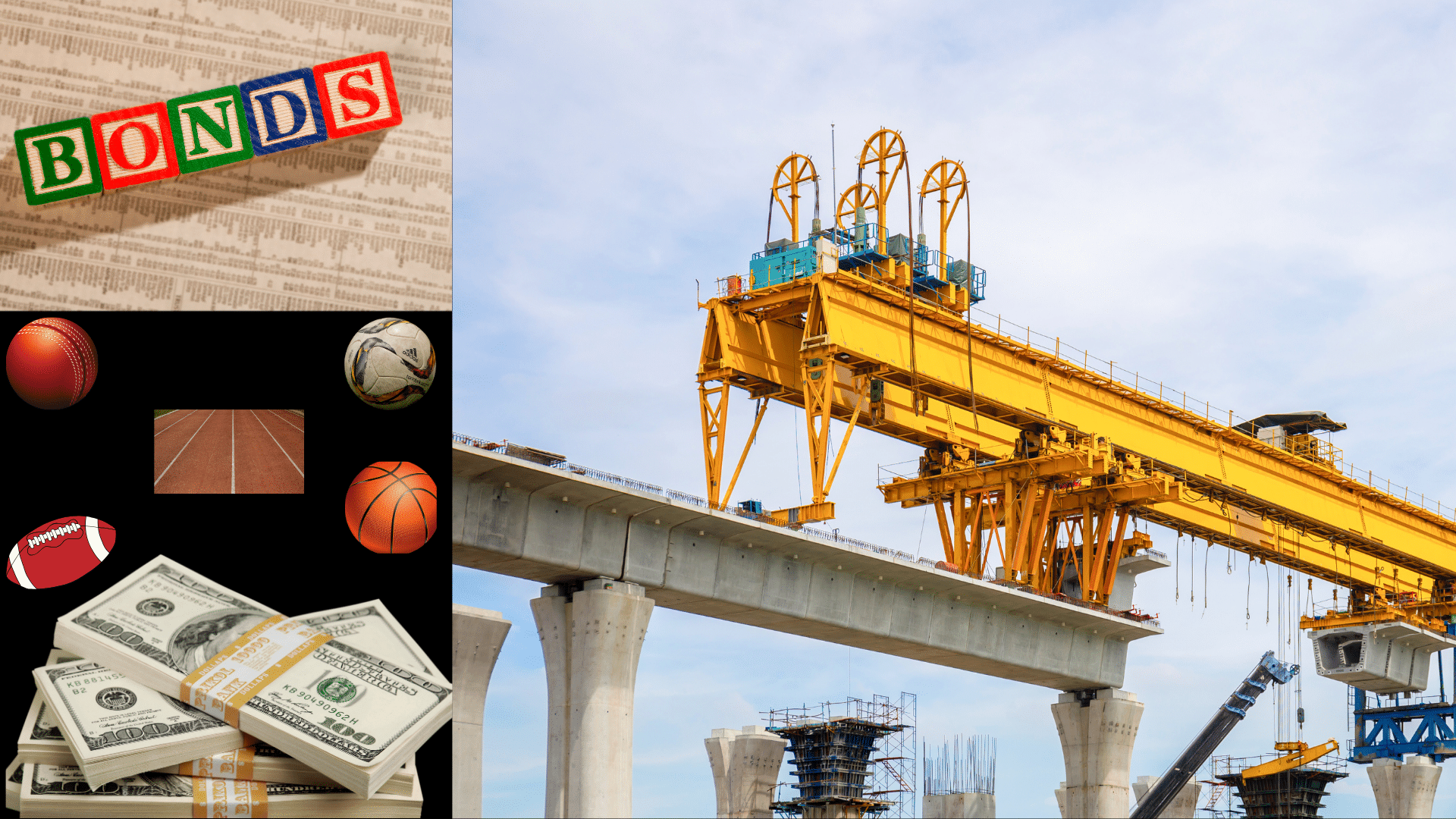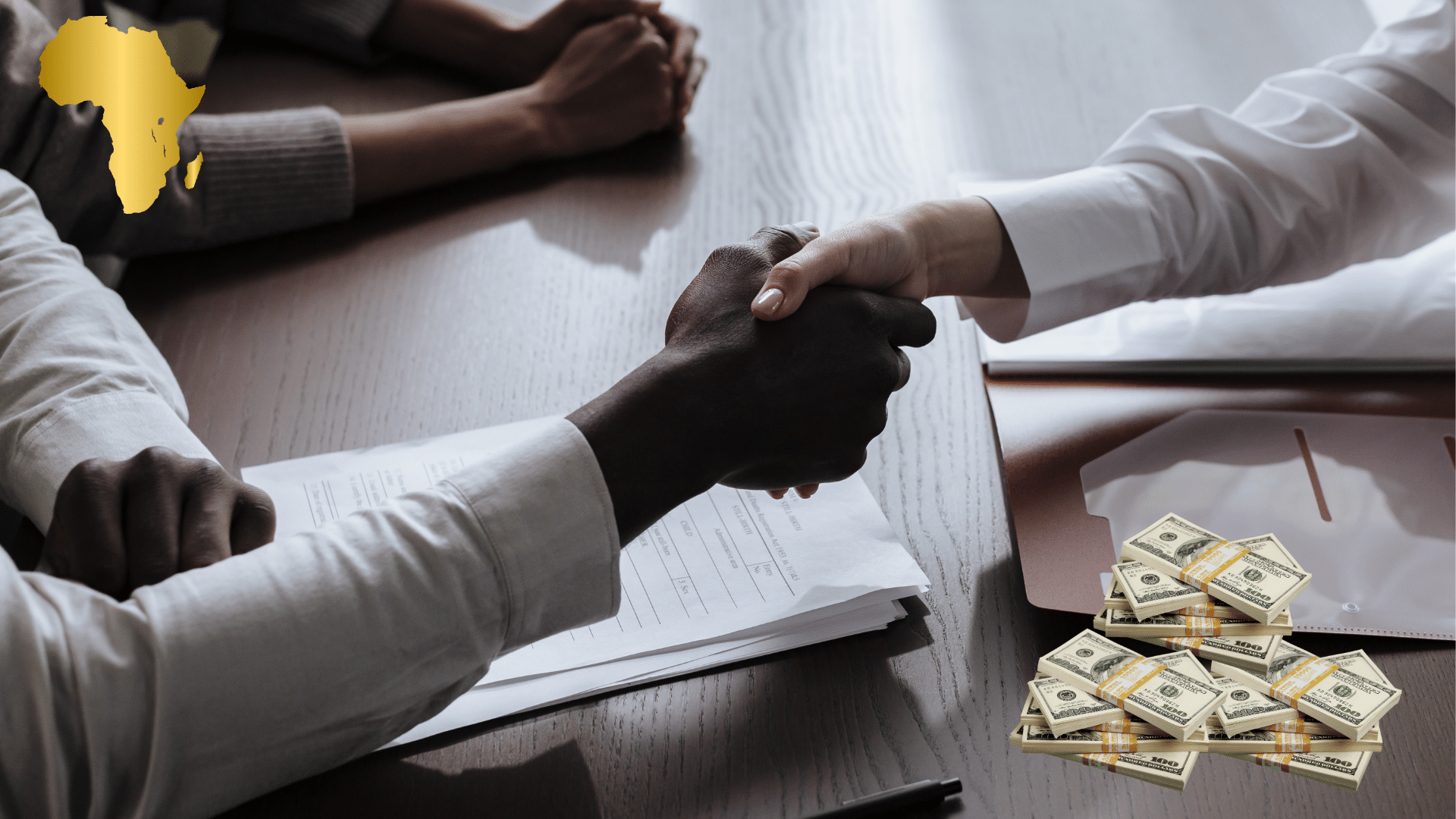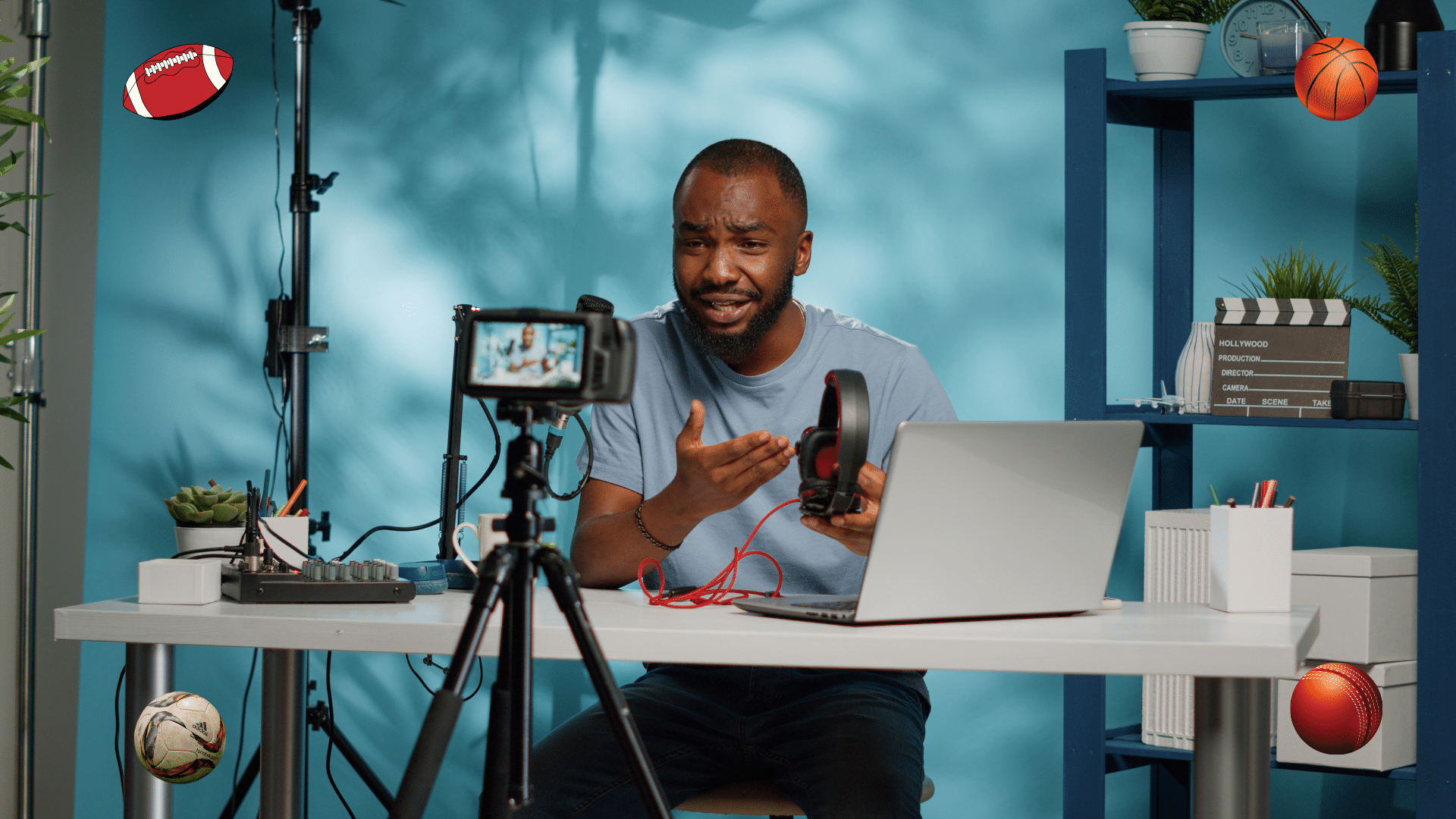In 2023, brands, led by TotalEnergies, spent roughly $75 million sponsoring the Africa Cup of Nations (AFCON). And yet, if you ask many people how they measured the impact of that spend, you’ll likely get a shrug.
And that’s not the only time sports in Africa have sponsors lining up.
Nigeria’s national football teams, including the Super Eagles, have worn Nike kits for years. In 2015, the Nigeria Football Federation (NFF) announced a new partnership with Nike, replacing their previous supplier, Adidas. The partnership was extended in 2018 and is likely to remain in place until the end of the 2026 FIFA World Cup finals.
Meanwhile, Chinese smartphone giant Tecno Mobile made history in 2023, becoming CAF’s Official Global Partner for both AFCON 2025 (Morocco) and AFCON 2027 (jointly hosted by Kenya, Uganda, and Tanzania).
Even at the league level, the money is flowing. For instance, in the Nigeria Premier Football League (NPFL), Rangers International of Enugu secured a ₦50 million (about $100,000 at the time) shirt sponsorship deal with Afrinvest just two seasons ago.
In marketing terms, sports sponsorship is a heavyweight. It’s emotional and public and can put a brand in front of millions of passionate fans in a single moment. But measuring the return on that investment is far from simple.
So what does a sponsorship really buy you, beyond a logo on a jersey?
TL;DR: Key takeaways
- Sponsorship is more than logo placement. If done right, it builds awareness, credibility, and emotional connection with fans.
- ROI goes beyond sales to include media value, engagement, brand equity, and long-term loyalty.
- Measurement matters. Build tracking into your deal from day one. QR codes, promo links, and fan data make a big difference.
- Africa’s potential is huge but underdeveloped. Limited data and infrastructure make ROI harder to prove, but rising youth demographics and digital adoption offer massive upside.
What is sports sponsorship?
Sports sponsorship is a simple deal between two or more entities. A brand gives something of value, usually money, to a team, league, or event in exchange for visibility, credibility, and a chance to connect with fans.
But there’s more to it than just a cheque in hand and logo on jersey. Sponsorships can be financial, product-based, or even purely experiential. And the right one depends on what the team needs and what the brand is trying to achieve.
Common types of sports sponsorships
Here’s how most sponsorship deals are structured:
1. Financial sponsorship
This is the classic type and by far the most common one. A brand contributes cash that helps cover things like operations, travel, equipment, and player salaries. In return, they get exposure, which can include:
- Logos on jerseys (e.g., Rwanda and PSG).
- Stadium boards.
- Broadcast graphics.
2. Product or service sponsorship
Also known as in-kind sponsorships, it entails brands providing goods or services instead of writing a cheque. It could be:
- Gear (e.g., Nike providing kits to the NFF).
- Refreshments (e.g., Coca-Cola stocking coolers).
- Tech (e.g., MTN providing connectivity for an event).
The payoff is similar to financial sponsorship: visibility and association. But it often comes at a lower cost to the brand since it is giving what it already produces.
3. Event sponsorship
This is about owning a moment. Brands put their name on tournaments, competitions, or even single matches. Examples include MTN FA Cup (formerly known as The Ghana FA Cup) and TotalEnergies AFCON.
Event sponsors get their logos on all official materials and often get direct access to fans through activations, pop-ups, or on-ground experiences.
4. Media sponsorship
This one’s growing fast. Brands sponsor the coverage of sports rather than the sports themselves. You’ll often see this in “brought to you by…” halftime shows, branded social media content, or podcasts. It’s a way to tap into the conversation without funding the whole league.
5. Grassroots or community sponsorship
Sometimes, it’s about building goodwill. Brands back youth leagues, community tournaments, or development programmes. This kind of sponsorship doesn’t always generate big media impressions, but it builds strong local ties and long-term brand affinity.
A good example is the Bet9ja Foundation in Nigeria, which sponsors local football tournaments, trains coaches, and upgrades sports facilities in underserved communities.
What major sponsorship rights offer
Whether you’re sponsoring a local team or a major league, the goals usually look the same: raise awareness, build a stronger image, interact with fans, and, if you’re lucky, sell more products. Of course, the bigger the sponsorship, the bigger the potential impact.
Here’s a quick look at what the most common sponsorship rights typically include:
| Sponsorship right | What it offers | Why it matters |
| Jersey sponsorship | Your logo sits front and centre on the team jersey, and by extension, on TV broadcasts, social posts, and fan photos. Additionally, you typically get big activation rights (e.g., athlete appearances, co-branded campaigns). | This is the biggest, most visible commitment and the one most fans would immediately associate with the team. |
| Sleeve sponsorship | Smaller placement on player sleeves or shorts, but still plenty of airtime, plus good activation opportunities. | It’s a more affordable way to get close to fans without paying main-sponsor prices. |
| Stadium naming rights | Your name is literally on the club’s home ground. Comes with signage, media mentions, hospitality suites, and B2B hosting opportunities. Arsenal FC’s Emirates Stadium is one example. | You become part of the geography, language, and identity of the club. |
| League or event naming rights | Your brand name is tied to an entire competition (e.g., TotalEnergies AFCON). Includes visibility across all communications, games, and platforms. | This is about being everywhere. You’re not tied to one club or country, but to the sport or event as a whole. |
Why brands keep spending on sports sponsorships
Sports sponsorship is expensive, and in Africa, where every marketing dollar counts, it’s a bold play. Globally, the sports industry is worth approximately $417 billion, but Africa’s share is relatively small; currently, it is around $12 billion and is projected to grow to $20 billion by 2035.
That might sound like a tiny fraction of the pie, but it’s a pie that’s still getting bigger. And brands clearly see enough value to keep signing cheques.
Here are two ways brands benefit from sports sponsorship and why they can’t stop:
1. The psychology
Sports is emotional. Fans are both spectators and active believers. When a brand steps into that space, it borrows some of that passion. It’s why you still associate Nike with believing and doing the impossible across sports, even if you don’t follow every event.
There’s a subconscious layer here, too. You see a brand often enough during games, highlights, and social chatter, and it quietly nudges your preferences. Maybe next time you’re buying sneakers or a phone, you reach for the sponsor’s product without even thinking about why.
2. The business logic
Of course, emotion alone doesn’t justify multi-million-dollar deals. Sponsors are looking for:
Brand exposure
Impressions, reach, and media value. Basically, they consider how many people saw their brand name and what that would have cost them in ads.
The budding Basketball Africa League (BAL), for example, co-founded by the International Basketball Federation (FIBA) and the National Basketball Association (NBA) in 2021, is now worth nearly $1 billion and has attracted sponsors like Nike and Hennessy. Although already household names, this partnership will help these global brands consolidate their dominance.
Credibility by association
The closer you are to a team or athlete, the more that trust rubs off on you. Fans are more likely to see you as “one of us.”
A good example is the $49 million partnership deal between South Africa’s Premier Soccer League and Betway, which many have described as the country’s biggest-ever sports investment. This singular move gave the betting company more credibility than it was already enjoying.
Engagement
Not just eyeballs but interaction. This means social media likes, shares, traffic spikes, QR code scans, and even on-ground participation. Tecno Mobile signed on as the Official Global Partner for AFCON 2025 and 2027, betting on a continent-wide stage to build its dominance as Africa’s top smartphone brand.
Financial impact
This is the ultimate prize; all roads lead here. Sponsors look for bumps in sales, market share, or even tourism numbers. Rwanda’s current sponsorship deal with Arsenal is worth over $13 million and is credited with boosting the country’s tourism profile.
What ROI really means in sports sponsorships
When brands spend millions on sports sponsorships, they’re not just looking for a quick sales bump. ROI (Return on Investment) goes beyond asking, “Did we make the money back?” It’s more about building long-term value.
Here’s what ROI really means in sports sponsorships:
1. Media value
- Impressions: How many times the logo or message was seen on TV, jerseys, billboards, or social media.
- Reach: How many unique people were exposed to the sponsorship (viewers, attendees, and online followers).
- Cost per mille (CPM) equivalent: The cost it would take to buy the same amount of exposure through ads.
2. Engagement
- Social mentions and hashtags: How often fans are talking about the brand online.
- Interaction quality: Likes, comments, shares, and overall sentiment (positive vs. negative).
- Participation: Number of fans joining brand-led challenges, games, or voting campaigns.
3. Conversion
- Sales spikes: Measurable increases in product purchases during/after the sponsorship period. In 2018, the Nigeria national team’s Nike-designed jersey for the FIFA World Cup sold out almost instantly after its release on June 1, following a record-breaking three million pre-orders.
- App downloads or signups: Growth in digital engagement linked to sponsorship campaigns.
4. Long-term impact
- Brand affinity: Whether fans feel more positively toward the brand.
- Loyalty and retention: Are consumers sticking with the brand after the event?
- Market share gains: Whether the brand actually captures a bigger slice of its category.
The ROI equation for Africa
Africa’s sports sponsorship market is small but full of potential. The continent’s $12 billion sports industry is projected to hit $20 billion by 2035, but it still captures only a fraction of global sponsorship spend.
Unique challenges
Africa suffers from limited media measurement tools. Many African leagues lack reliable viewership data and industry-standard KPIs. According to Deloitte’s 2025 sports sector outlook, modern sports organisations must invest in fan analytics, build comprehensive databases, and offer transparency if they hope to attract top sponsors and retain the ones they have. The lack of infrastructure and adequately equipped personnel makes this difficult.
Additionally, there is the issue of widespread informal fan engagement. Millions of fans follow sports through radio, community watch parties, and word of mouth, all channels that are harder to measure compared to TV or digital platforms. This measurement difficulty makes sponsors reluctant to invest.
Consequently, all of these setbacks have led to smaller budgets and higher scrutiny. Brands in emerging markets face more pressure to justify every sponsorship dollar, making ROI reporting critical.
Unique opportunities
Despite the setback, the continent still presents major benefits for brands.
For one, Africa hosts a massive, young audience. Out of its 1.4 billion people, 60% are under 25. Also, the increasing mobile and Internet penetration is driving new ways for fans to watch and engage. Sub-Saharan Africa’s 320 million mobile Internet subscribers contributed $140 billion (7%) to GDP in 2023, showing clear consumer readiness for streaming and mobile-first experiences.
Another thing that could benefit brands is Africa’s rich sports legacy. From East African runners dominating global athletics to football cultures that unite nations, and basketball’s rise via the Basketball Africa League (BAL), Africa has a strong emotional hook for fans and brands.
While it may not be as advanced as its European or American counterparts, there’s a growing digital tracking on the continent. Mobile money, streaming platforms, and QR-based activations are opening new ways to measure fan engagement and connect sponsorships to conversions.
Take the 2023 AFCON, which generated around $75 million in sponsorship revenue, for instance. The tournament was broadcast in 180 countries and watched by over two billion live, a massive promotion for all associated brands. Sponsors like TotalEnergies, 1xBet, Visa, and MTN proved that brands are willing to invest when scale and visibility are delivered.
Lastly, brands can be like Red Bull and Betway, and look beyond football to other sports. Across the continent, sponsorship opportunities in basketball, rugby, athletics, esports, and women’s sports remain relatively untapped, giving bold brands a first-mover advantage.
So, is sports sponsorship worth it?
Sports sponsorship isn’t a magic bullet. But when it’s done right, it can be one of the most powerful ways to build a brand. Sponsorship puts your business in the middle of passion, loyalty, and culture. The key is to be intentional about it.
Here’s a simple framework to guide your next sponsorship decision:
- Set clear goals before signing the deal. Decide what success would look like. For example, brand awareness, sales lift, market share growth, or community impact.
- Build measurement in from day one. Define your KPIs early (impressions, engagement, sales) and agree on how they’ll be tracked. Use QR codes, unique promo codes, and campaign-specific URLs where possible.
- Plan activations. A logo on a jersey is passive. Think about how you’ll engage fans using contests, on-site experiences, digital campaigns, or exclusive offers.
- Be ready to adjust mid-campaign. Monitor results in real time and tweak your strategy if something isn’t working. Sponsorship is dynamic; your response should be too.
When brands approach sponsorship strategically, they go beyond visibility to create lasting emotional connections, turning fans into customers and customers into advocates.
Final words
If you’re spending $1 million to sponsor a team, you should know if you’re getting more than a jersey photo and a few halftime mentions for your troubles. Sports sponsorship ROI is less about being the loudest logo on the pitch and more about being the brand fans actually remember, talk about, and choose when it matters.
The brands that get this right stay visible and meaningful. They use sponsorships to build stories, moments, and loyalty that last long after the final whistle.
FAQs about sports sponsorship ROI
How do you actually measure sports sponsorship ROI?
Start with clear KPIs: impressions, reach, engagement, and sales lift. Use tools like TV ratings, digital tracking links, QR codes, and post-campaign surveys to tie results back to your sponsorship.
Is sponsorship ROI just about sales?
No. ROI also includes brand awareness, credibility, fan loyalty, and long-term market share growth, all of which are things that don’t show up as instant revenue but build value over time.
What’s the biggest mistake brands make with sponsorships?
Signing the deal and stopping there. The best sponsorships are activated through fan engagement campaigns, digital content, or in-person experiences, allowing the brand to become part of the story, not just a logo.
How long does it take to see ROI?
It depends on the goals. A sales promotion might show results in weeks, but brand affinity and market share growth usually take multiple seasons or event cycles.
Can small brands benefit from sponsorships?
Absolutely. Local club or youth league sponsorships can generate strong community goodwill and affordable exposure, especially when paired with social media and grassroots activations.

